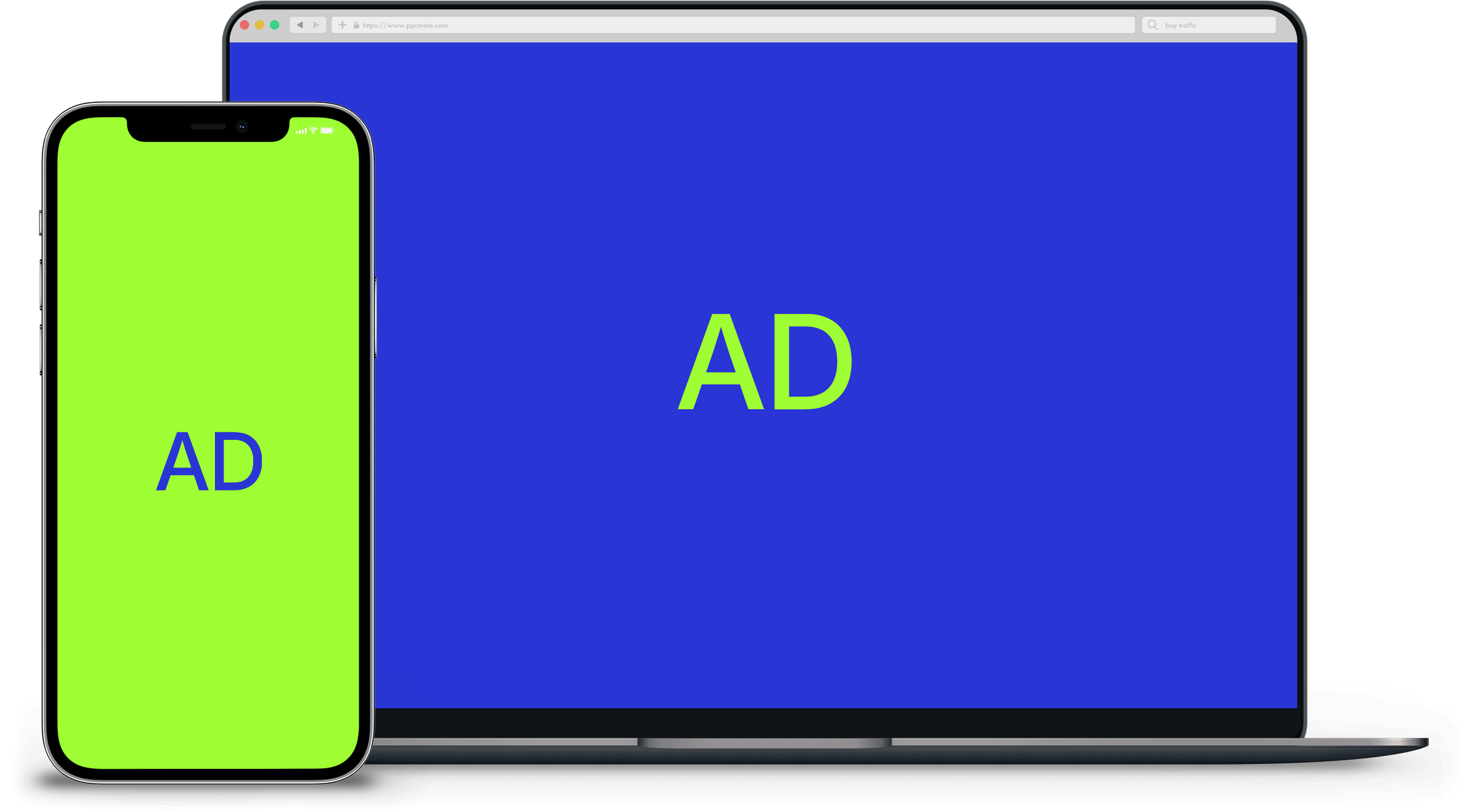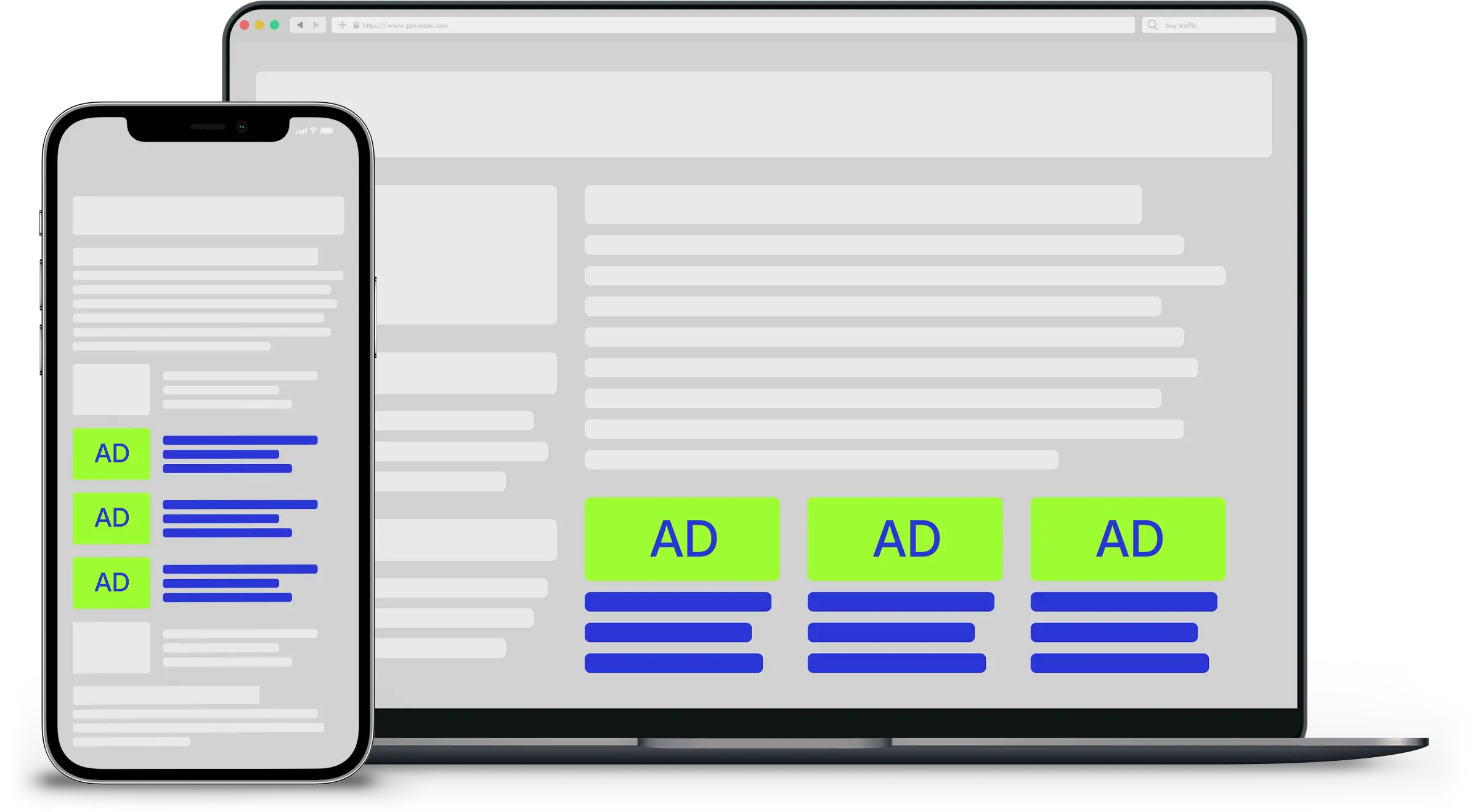Columnist Erika Trautman explains why marketers need to go beyond surface metrics and instead focus on delivering personalized content.
For a lot of marketers, managing the content measurement problem is a continuous challenge. Consumers click through online content while marketers record each click, but what kind of engagement is the content actually attracting? What is the overall impact of the content experience, and how does better measurement determine the strategy for future content marketing investments?
Measuring emotional engagement and understanding the value of content requires access to qualitative data and deeper audience insights that go beyond surface metrics like clicks and views. Only qualitative data will enhance our understanding of what is resonating with audiences and where those critical emotional connections exist within the content itself.
Collecting qualitative data begins with building a genuine emotional connection with your customers through personalization and interactivity. Customized content, specifically the kind that customers discover themselves (as opposed to the kind marketers push at them) is the key. Not only does it captivate audiences, but it also makes life easier for marketers.
Measuring beyond surface metrics
Traditional content marketing performance data is limited in its depiction of valuable user engagement. Clicks and views are no longer an accurate reflection of successful content performance, and vanity metrics provide little indication that an emotional connection exists with the audience.
Demonstrating valuable ROI (return on investment) means marketers must measure beyond conventional vanity metrics to better understand if, why and how the content is providing emotional value. Insight from a recent Forbes and PwC survey says that for marketers to continuously make content better, they must understand the measurement metrics that drive success.
Rapt Media (my employer) recently conducted a survey (registration required) that found nearly all marketers know content personalization is the key to cutting through the clutter and driving better engagement, but personalization also happens to be their greatest challenge. In fact, 94 percent of marketers believe better content creation technology is the answer to building meaningful connections with audiences — specifically through interactivity and insightful performance data.
Personalized content is more likely to capture audience attention, translating into a more accurate understanding of what is resonating in the content to contribute to its success.
The takeaway: Replace shallow surface data with deeper, more accurate engagement metrics.
Prioritizing personalization
Self-selection, choice and control deliver more valuable engagement, which is crucial for marketers looking to drive meaningful interactions with measurable content ROI. Interactivity also helps measure the emotional impact of various components of the content.
Going beyond personalization, content that offers the opportunity for interaction provides the most accurate idea of whether or not the viewer is emotionally invested.
For example, clickable choice points clearly demonstrate consumer interests and behaviors. As viewers pursue one area of inquiry over another within a customized content experience, marketers can examine which parts of the content are attracting the most attention from various audience demographics.
The takeaway: To measure digital emotion, focus on metrics that show the impact the content is having on the viewer.
Storytelling for emotional impact
Consumers want to be empowered through direct participation in the content itself — which is what ultimately deepens the connection between consumer and brand. According to another survey (registration required) our company conducted, 56 percent of consumers like choosing content that is relevant to them.
Therefore, building relevant and meaningful connections within the content itself is the foundation for creating emotional value and driving engagement. Inviting the audience to become part of the message bridges the gap between surface-level brand awareness and engaged storytelling participants.
Interactivity invites consumers to play an active role in connecting with specific messages within content that are most relevant to them. This puts viewers in charge of their experience and allows them to focus on what they deem most important or interesting.
But how do brands encourage emotional connections with their interactive content? As instructional designer Kristin Anthony points out, the most effective interaction is one that reflects not just the action you’d like to have happen, but also the feeling you’re trying to evoke.
This is where melding interactive with the first-person perspective comes in. Synthesizing the viewer and the content in this way lays the groundwork for a unique emotional experience that standard linear video is simply unable to deliver.
The takeaway: Deepen the emotional connection by inviting your audience to participate.
Lasting impressions
Interactive content helps marketers better understand how the customer is engaging with a company or brand throughout various phases of the customer journey, providing valuable qualitative data along the way. This personalized experience closes the gap between the business and the customer — creating trust, increasing understanding and motivating action.
This interactive dynamic also helps marketers pinpoint opportunities for improving their strategy, helping to identify specific areas for increased investment.
Marketers need to focus on developing better, more personalized content that can be measured and optimized to continue providing value for customers and generating ROI for businesses.
___
by Erika Trautman









